Top Advances in Organ Transport Technology for Better Transplants
Curious about the latest breakthroughs in organ transplants? Advances in organ transport technology are making it possible to keep donor organs viable longer and improve transplant success rates. This article delves into the cutting-edge techniques that are revolutionizing organ transport—from cold storage to advanced perfusion systems—and how they are saving lives.
Key Takeaways
Advancements in organ transport technology, such as normothermic regional perfusion and portable organ care systems, significantly enhance the viability and success rates of organ transplants.
Innovative preservation techniques are crucial for expanding the donor pool, particularly for marginal donors and improving outcomes for heart, lung, kidney, and liver transplants.
The future of organ transport technology is focused on developing new preservation methods, employing artificial intelligence for better donor-recipient matching, and emphasizing the importance of clinical trials to ensure safety and efficacy.
The Evolution of Organ Transport Technology
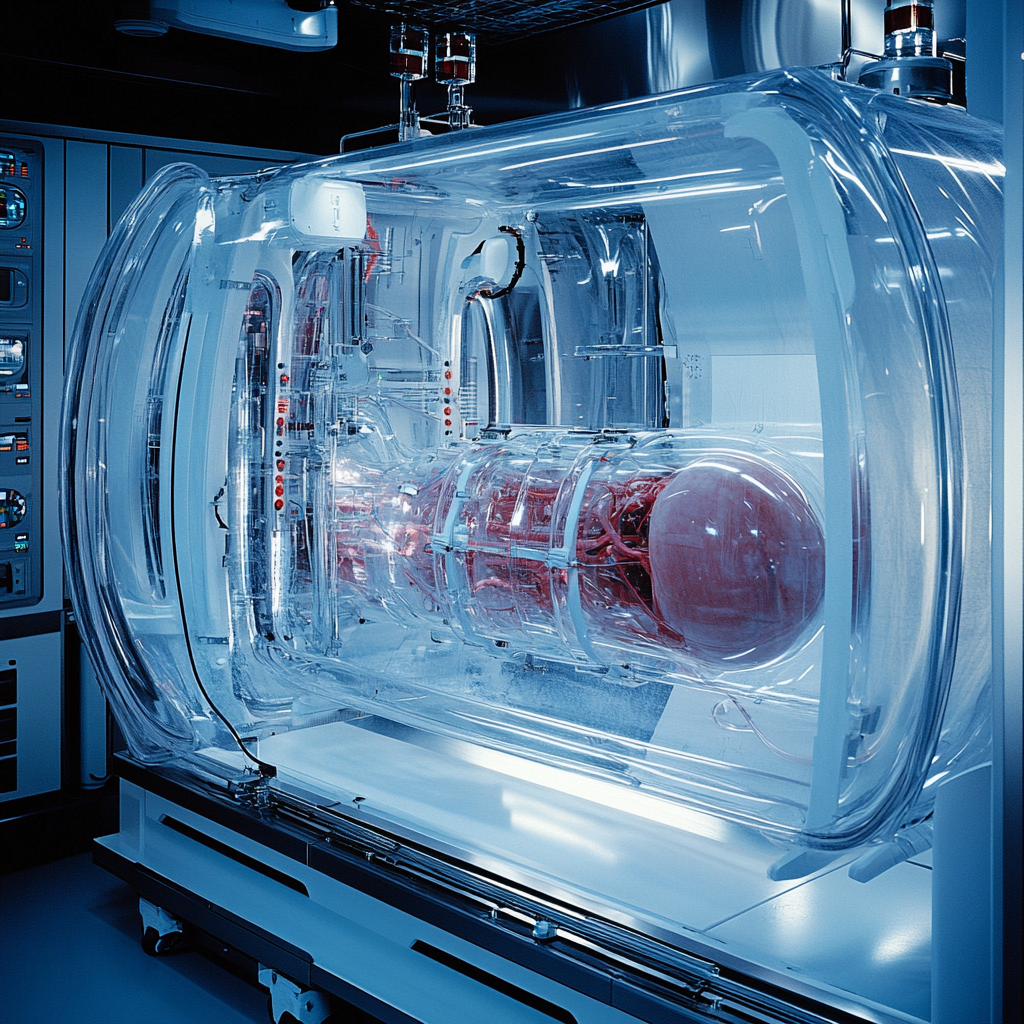
Organ transport technology plays a critical role in the success of organ transplants, ensuring that donor organs reach recipients in optimal condition. Initially, organ preservation relied on rudimentary methods that were insufficient in maintaining the viability of organs during transport. This often led to compromised transplant outcomes and limited the distance over which organs could be transported.
The introduction of cold storage techniques marked a significant milestone in the evolution of organ transport, greatly improving organ viability. Today, the integration of advanced technologies, such as normothermic regional perfusion and portable organ care systems, has transformed organ transport practices. These innovations have led to better outcomes for transplant patients worldwide, making once-distant organs accessible and viable for transplantation.
Current Technologies in Organ Transport
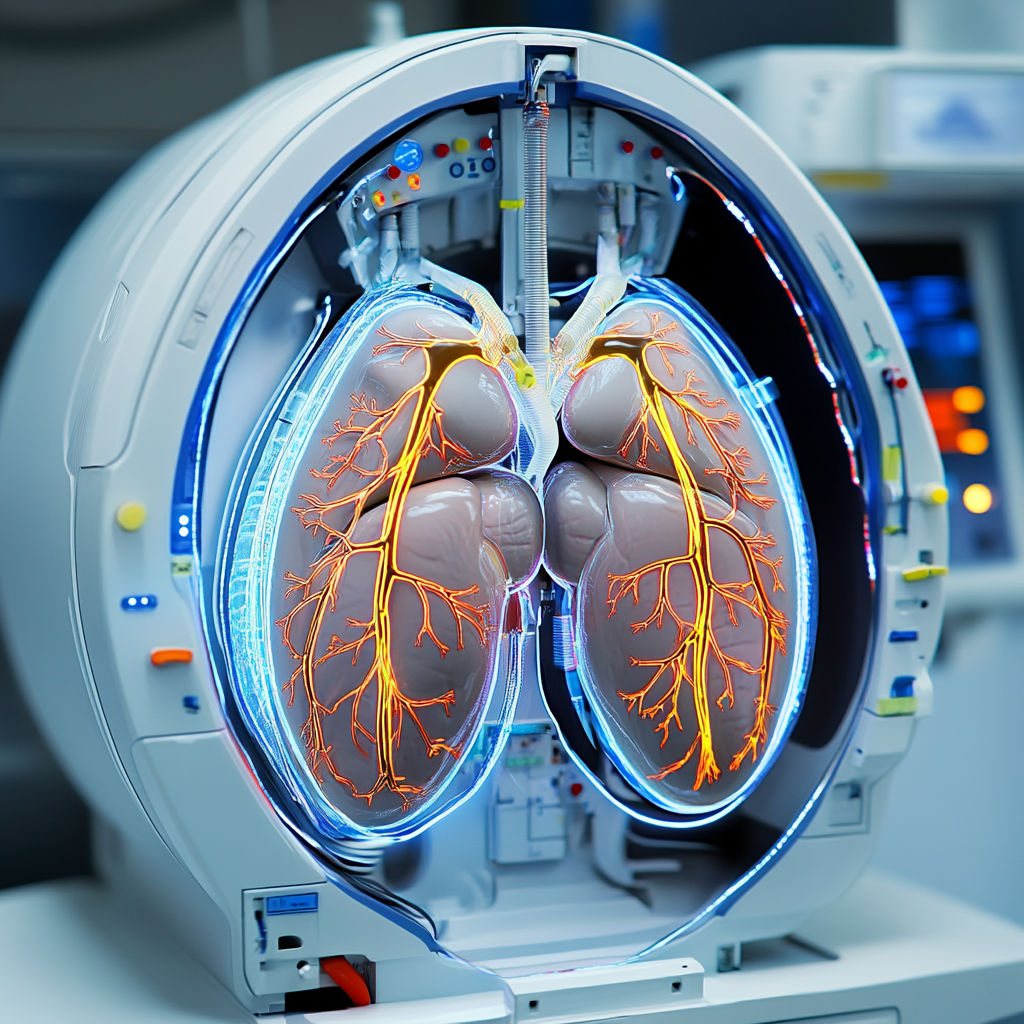
The journey from donor to recipient has been revolutionized by recent advancements in organ transport technologies. These innovations have not only extended the viability of organs during transit but also significantly improved transplant success rates.
From static cold storage to normothermic regional perfusion and portable organ care systems, these technologies are pivotal in enhancing the preservation and functionality of transplantable organs. Let’s explore these methods in detail.
Static Cold Storage
Static cold storage is a widely used and low-cost method for preserving organs. Its affordability and widespread acceptance make it a staple in the transplant community. Cooling organs to low temperatures slows metabolic processes, reducing the risk of damage during transport. However, this method has its limitations. Over extended transport durations, static cold storage can compromise organ viability, potentially affecting the success of the transplant.
Despite its limitations, innovative preservation solutions are being developed to extend the viable transport duration of organs, including those from marginal donors. These advancements aim to increase the usability of organs that might otherwise be deemed unsuitable for transplantation, thereby expanding the donor pool and improving transplant outcomes.
Normothermic Regional Perfusion
Normothermic regional perfusion represents a significant leap forward in organ transport technology. Maintaining organs at body temperature during transport helps preserve cellular function and viability. Unlike static cold storage, normothermic perfusion keeps organs in a functioning state, enhancing their viability and improving transplant outcomes.
The application of this advanced technique ensures that organs are more viable and functional when transplanted, leading to better outcomes for transplant recipients. This method is particularly beneficial for organs that are more sensitive to temperature changes, such as hearts and lungs.
Portable Organ Care Systems
Portable organ care systems have emerged as a groundbreaking solution in the field of organ transport. These devices are designed to sustain organs in a near-physiological environment, significantly extending their transport time without losing viability. Utilizing controlled perfusion and temperature management, these systems replicate the conditions of the human body during transport, ensuring that organs remain functional and viable.
One of the key advantages of portable organ care systems is their ability to actively perfuse organs with preservation solutions, significantly extending the time they can be kept viable outside the body. This capability is crucial for organs that are more difficult to preserve, such as hearts and lungs. Additionally, these devices provide real-time monitoring of organ conditions, allowing for immediate adjustments and enhancing the likelihood of successful transplant outcomes.
Mimicking the natural conditions of the body, portable organ care system offers a revolutionary approach to organ preservation. They allow for better management of temperature and perfusion, thereby improving the chances of successful transplantation and ultimately saving more lives.
Did you know that you can get from Manhattan to JFK in under 5 minutes without driving?
Blade offers seamless helicopter transfers from our West 30th Street Lounge in Manhattan to JFK Airport in just 5 minutes from $195 per seat.
Skip the traffic and ditch the stress with Blade's year-round airport service.

Impact on Different Types of Organ Transplants
The impact of these advanced technologies extends across various types of organ transplants, from hearts and lungs to kidneys and livers. Each organ type faces unique challenges in terms of preservation and viability, and recent innovations have tailored solutions to meet these specific needs.
These technologies are transforming heart and lung transplantation, kidney transplantation, and liver transplantation.
Heart and Lung Transplantation
Heart and lung transplantation have particularly benefited from new transport methods. These advancements have led to lower rates of complications and improved survival rates for heart transplant patients, with 5-year graft survival reaching around 75%. UChicago Medicine’s use of the Paragonix LUNGguard for transporting donor lungs is a testament to how innovative methods are improving lung transplantation outcomes.
Despite the nearly halved demand for lung transplants over the last decade, the need for efficient and reliable transport methods remains critical. The ability to maintain the viability of lungs and other organs from donation after circulatory death (DCD) has shown promise in improving transplant outcomes for these challenging cases.
Kidney Transplantation
The demand for kidney transplants has nearly doubled in the last decade, underscoring the importance of effective preservation techniques. Innovations in organ preservation have led to remarkable improvements in the success rates of kidney transplants, with adjusted 5-year patient survival rates for deceased and living donor transplants at 91% and 94%, respectively.
Better preservation techniques have significantly contributed to this increase in successful kidney transplant procedures. These advancements ensure that kidneys remain viable during transport, reducing the risk of delayed graft function and improving overall transplant outcomes.
Liver Transplantation
Liver transplantation has also seen significant benefits from advanced transport technologies. These innovations have resulted in better liver preservation, enhancing the success rate of liver transplants. New preservation technologies enable liver transplantation from a broader range of donors, including those previously deemed unsuitable.
Advanced perfusion technologies have made it possible to maintain liver function for longer periods before transplantation, leading to improved outcomes for transplant recipients. These advancements are crucial in addressing the challenges of organ failure and ensuring that more patients receive the life-saving transplants they need.
Challenges and Solutions in Organ Transport
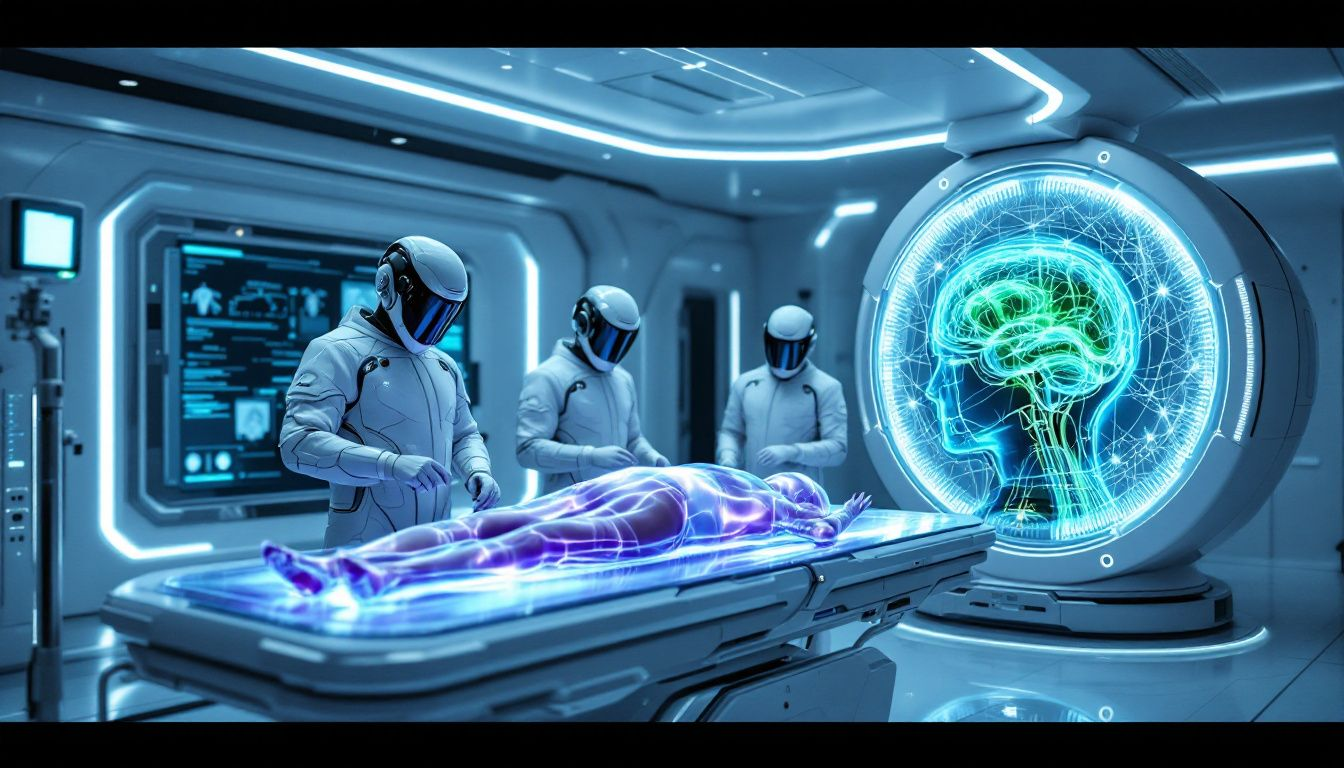
The field of organ transport faces several challenges, from the severe shortage of donor organs to the logistical complexities of maintaining organ viability during transport. Innovative technologies aim to enhance efficiency and organ viability, addressing the impact of delayed organ transport and other critical issues
Solutions such as enhanced machine perfusion and reduced regulatory constraints are being explored to increase the overall organ supply and improve transplant outcomes.
Overcoming Distance Barriers
Advancements in organ preservation techniques are crucial for maintaining organ viability during long-distance transportation. A groundbreaking method has successfully transported kidneys preserved at subzero temperatures across the Atlantic, significantly extending preservation time. These technological advancements have become critical in facilitating the transportation of organs over longer distances without compromising their viability.
Such innovations not only enable organs to be sourced from greater distances but also significantly enhance the chances of successful transplants. For instance, a novel approach using sequential lung-then-heart transplant technology allows for the transport of organs across greater distances while maintaining their functionality.
Managing Marginal Donors
The use of marginal donors, including older donors, has become more frequent as a strategy to alleviate the organ shortage. Preservation techniques that supply oxygenated blood to these organs can lead to improved transplant outcomes. This approach ensures that more organs from marginal donors remain viable and functional, expanding the donor pool and potentially saving more lives.
Enhancing the viability of organs from marginal donors, these preservation techniques play a crucial role in addressing the ongoing organ shortage. They provide a viable solution to increase the number of transplantable organs, thereby improving overall transplant success rates and outcomes.
Did you know that you can get from Manhattan to JFK in under 5 minutes without driving?
Blade offers seamless helicopter transfers from our West 30th Street Lounge in Manhattan to JFK Airport in just 5 minutes from $195 per seat.
Skip the traffic and ditch the stress with Blade's year-round airport service.

Role of Organ Procurement Organizations (OPOs)
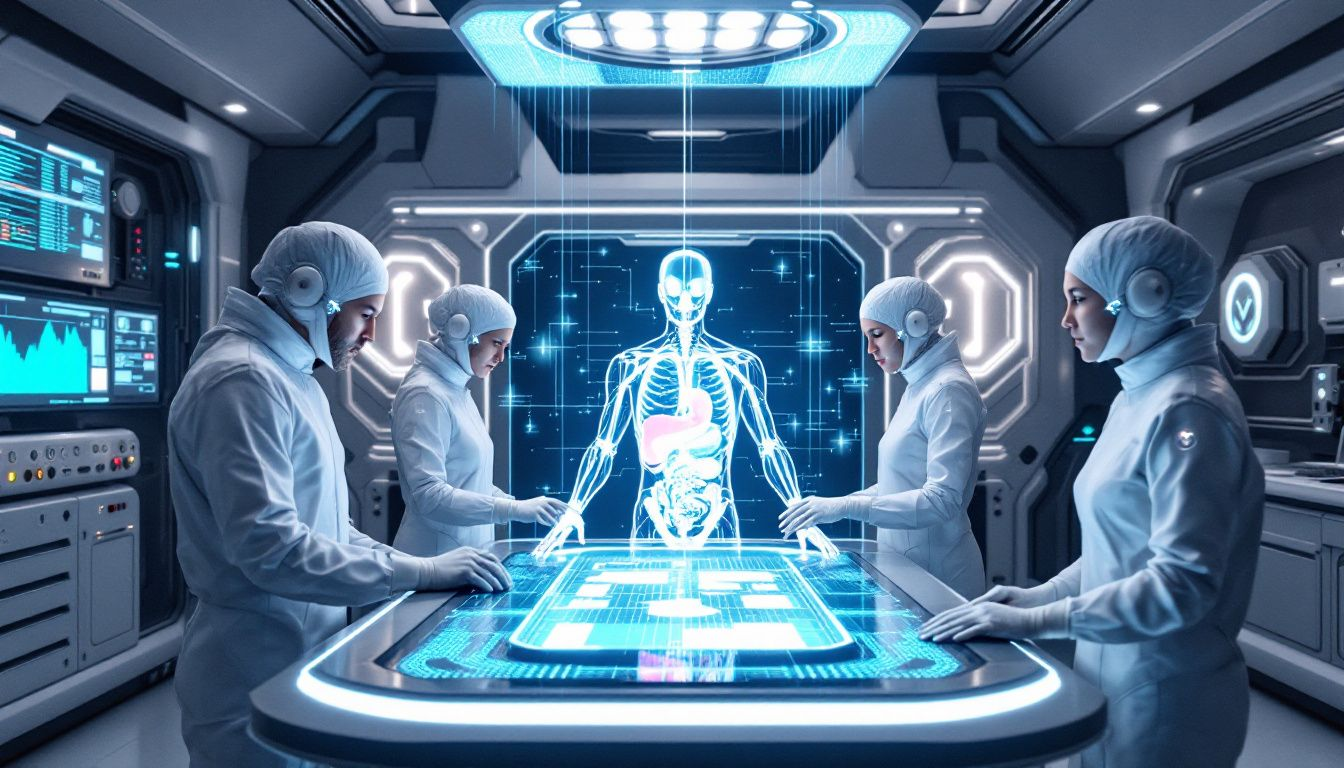
Organ Procurement Organizations (OPOs) are pivotal in the transplant ecosystem, managing the recovery, storage, and transportation of donor organs to ensure they remain viable for transplantation. These organizations work tirelessly to match donor organs with recipients, navigating the complexities of organ donation, regulations for international organ transport, and transplantation.
Cultural and religious factors often influence individuals’ willingness to donate organs, complicating the organ donation process. Training medical personnel in managing and evaluating marginal donors enhances the potential for successful transplants, ensuring more organs can be effectively utilized.
The efforts of OPOs are crucial in bridging the gap between donor organ availability and recipient needs, ultimately improving transplant outcomes.
Future Directions in Organ Transport Technology
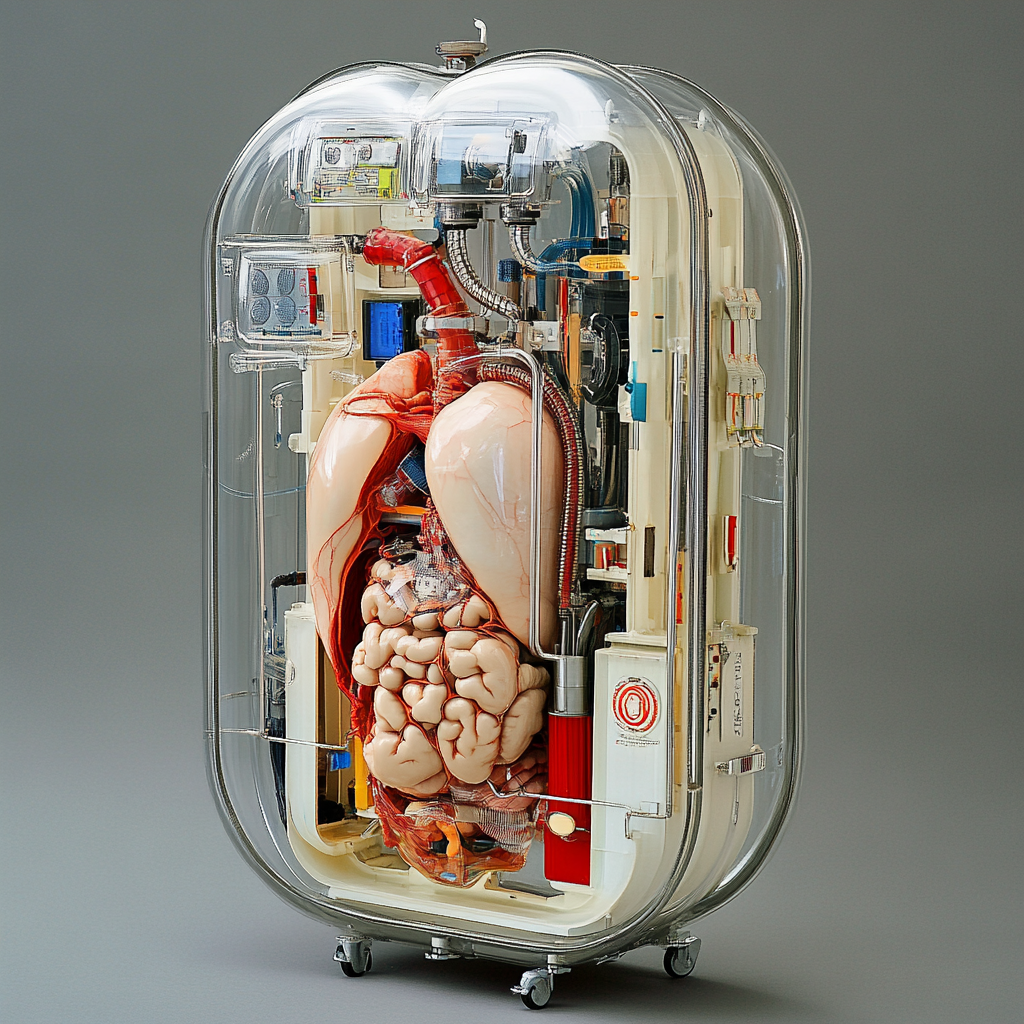
The future of organ transport technology is poised for exciting advancements. New preservation technologies are being developed to enhance organ viability during transport, addressing issues of cost and availability. Artificial intelligence is expected to revolutionize organ transplantation by improving donor-recipient matching and optimizing organ allocation processes.
Ongoing research is crucial for adapting and improving existing organ transportation practices in response to evolving technological advancements. As these innovative solutions continue to emerge, they hold the promise of transforming the field of organ transplantation, making it possible to save more lives and improve transplant outcomes.
Importance of Clinical Trials and Research
Clinical trials and research are the bedrock of progress in organ transport technology. Early-phase trials are particularly important in regenerative medicine for understanding the risks and benefits associated with new organ technologies. These trials provide critical evidence on the safety and effectiveness of innovative preservation methods and transport technologies, guiding their adoption in the transplant community.
The ethical implications surrounding patient selection in clinical trials for organ transport technologies are significant considerations in research design. Conducting trials ethically and inclusively is paramount to advancing the field and improving transplant outcomes.
Continued investment in clinical trials and research is essential for the development of new technologies that can save lives and enhance the quality of life for transplant center recipients at the transplantation network transplant centers.
##Bottom Line: Advances in Organ Transport Technology
The advancements in organ transport technology have revolutionized the field of organ transplantation, improving the viability and functionality of donor organs during transport. From static cold storage to portable organ care systems, these innovations have significantly enhanced transplant outcomes. The impact of these technologies is evident across various types of organ transplants, including heart, lung, kidney, and liver transplants.
As we look to the future, continued research and development are essential for further advancements in organ transport technology. The integration of artificial intelligence and new preservation methods holds great promise for expanding the donor pool and improving transplant success rates. By addressing the challenges of organ transport and leveraging cutting-edge technologies, we can continue to save lives and offer hope to those awaiting life-saving transplants.
FAQs about Advances in Organ Transport Technology
What are the main advancements in organ transport technology?
Recent advancements in organ transport technology, such as static cold storage, normothermic regional perfusion, and portable organ care systems, enhance organ viability and functionality, thereby improving transplant outcomes. These innovations are crucial for increasing the success rates of organ transplants.
How has organ transport technology improved heart and lung transplantation outcomes?
Organ transport technology has significantly improved outcomes in heart and lung transplantation by reducing complication rates and enhancing survival rates, particularly with advances like the Paragonix LUNGguard that help maintain organ viability.
What role do Organ Procurement Organizations (OPOs) play in organ transport?
Organ Procurement Organizations (OPOs) are responsible for the recovery, storage, and transport of donor organs, ensuring their viability for transplantation. Additionally, they provide training to medical personnel to optimize the management of marginal donors.
How are new technologies addressing the challenge of transporting organs over greater distances?
New technologies, such as advanced preservation techniques and portable organ care systems, are effectively addressing the challenge of transporting organs over greater distances by maintaining their viability. Innovations like subzero temperature preservation and sequential transplants further enhance this capability.
Why are clinical trials important for the development of new organ transport technologies?
Clinical trials are essential for ensuring the safety and effectiveness of new organ transport technologies, as they provide vital evidence on the associated risks and benefits. This research guides the responsible adoption of these innovations in medical practice.
Disclaimer:
Please be aware that the content on this page has been generated by using artificial intelligence language models and may contain errors, inconsistencies, or outdated information. It is provided as-is without any warranties or guarantees of accuracy. We strongly recommend using this content as a starting point for further research. We disclaim any liability for damages or losses resulting from the use or reliance on this content.